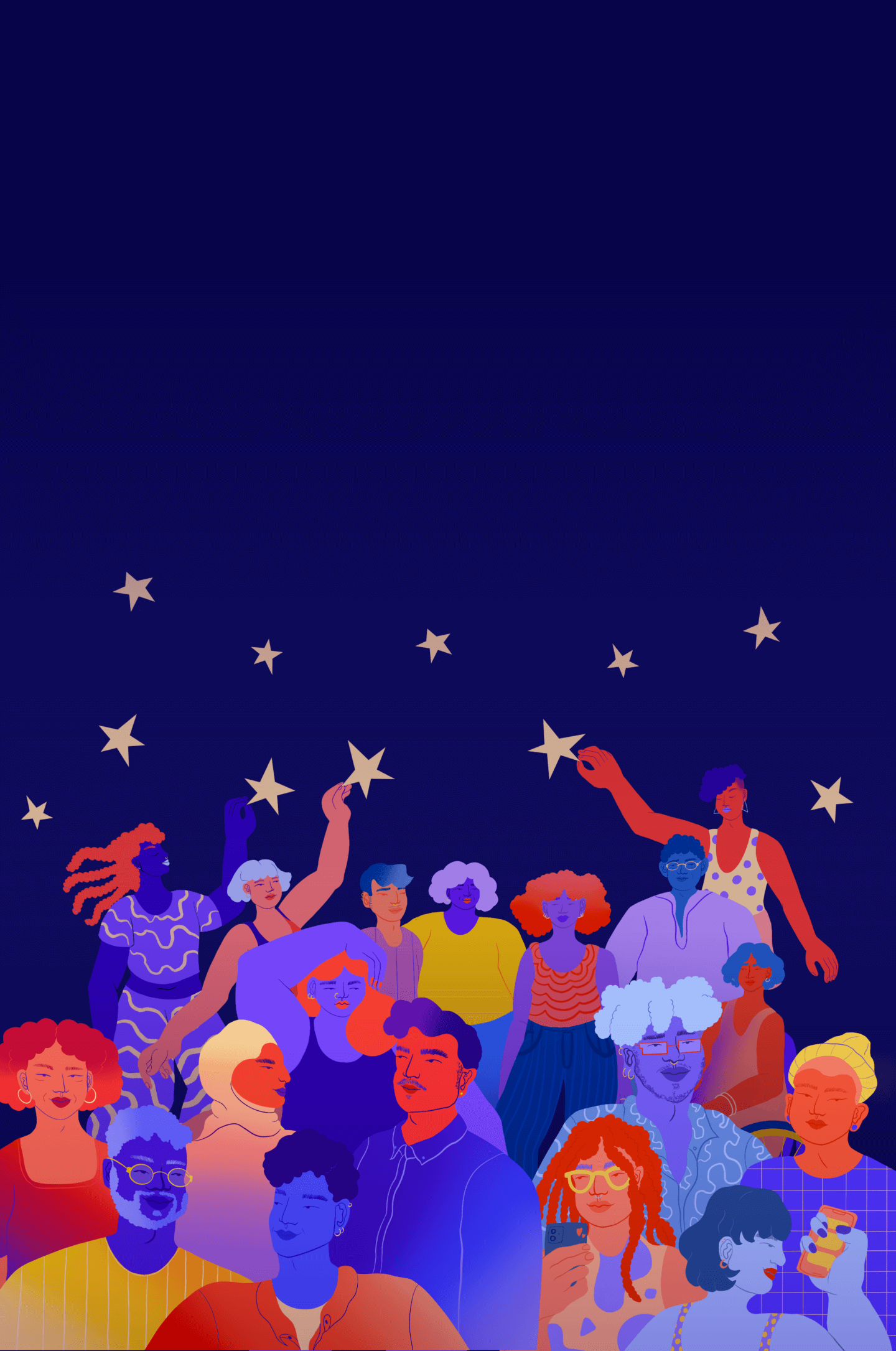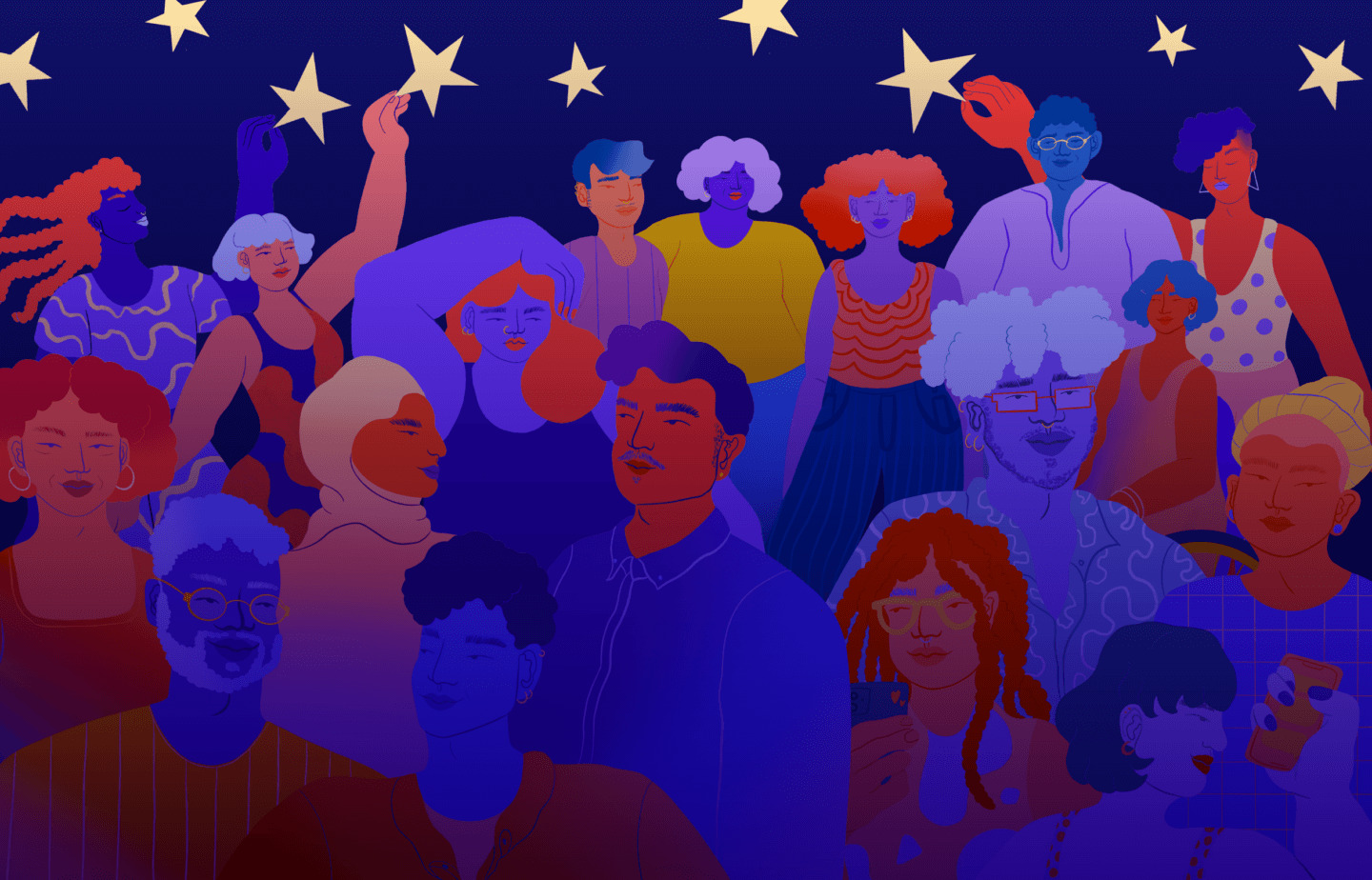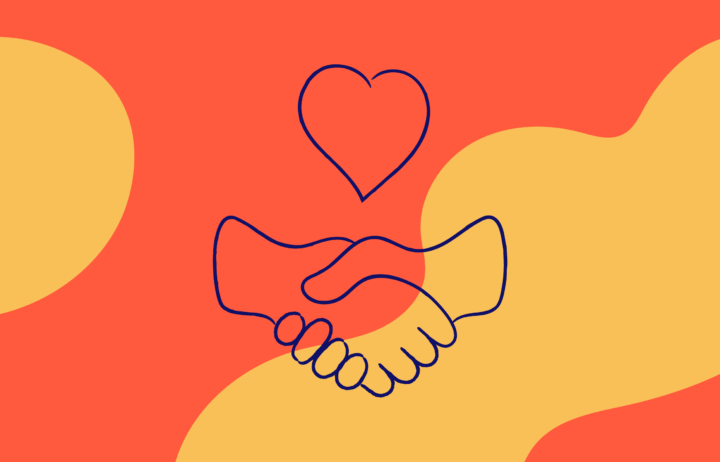Welcome!
It’s difficult to live in a world where injustices against marginalized communities are broadcast on our screens almost daily. It is painful for us here too at Trevor; as a community of staff who cares about LGBTQ+ young people, and coming from a wide range of personal identities and experiences, we feel your pain. We know that for many, marching, protesting, and making your voice heard is one of the only ways to feel seen in the midst of so much injustice, and that taking action is sometimes necessary.
Young people should not have to bear this, but fighting for your community to create change is a part of how LGBTQ+ people have made so much progress over the past decades. And marginalized people — especially Black, trans, and nonbinary folks — have been at the forefront of leading the changes we’ve seen today.
The Trevor Project hears every day from LGBTQ+ young people who express fear, pain, and outrage at ongoing violence against marginalized communities. We, too, share the dream that someday these protests will no longer be necessary in an inclusive world for all. As many march to build that world, we want to be mindful that the well-being of LGBTQ+ young people is our mission and to ensure safety for all who participate.
The Trevor Project acknowledges that every LGBTQ+ young person’s situation and environment is different. We want to share some tips to help LGBTQ+ young people navigate personal safety while channeling their energy into meaningful action online or in person.
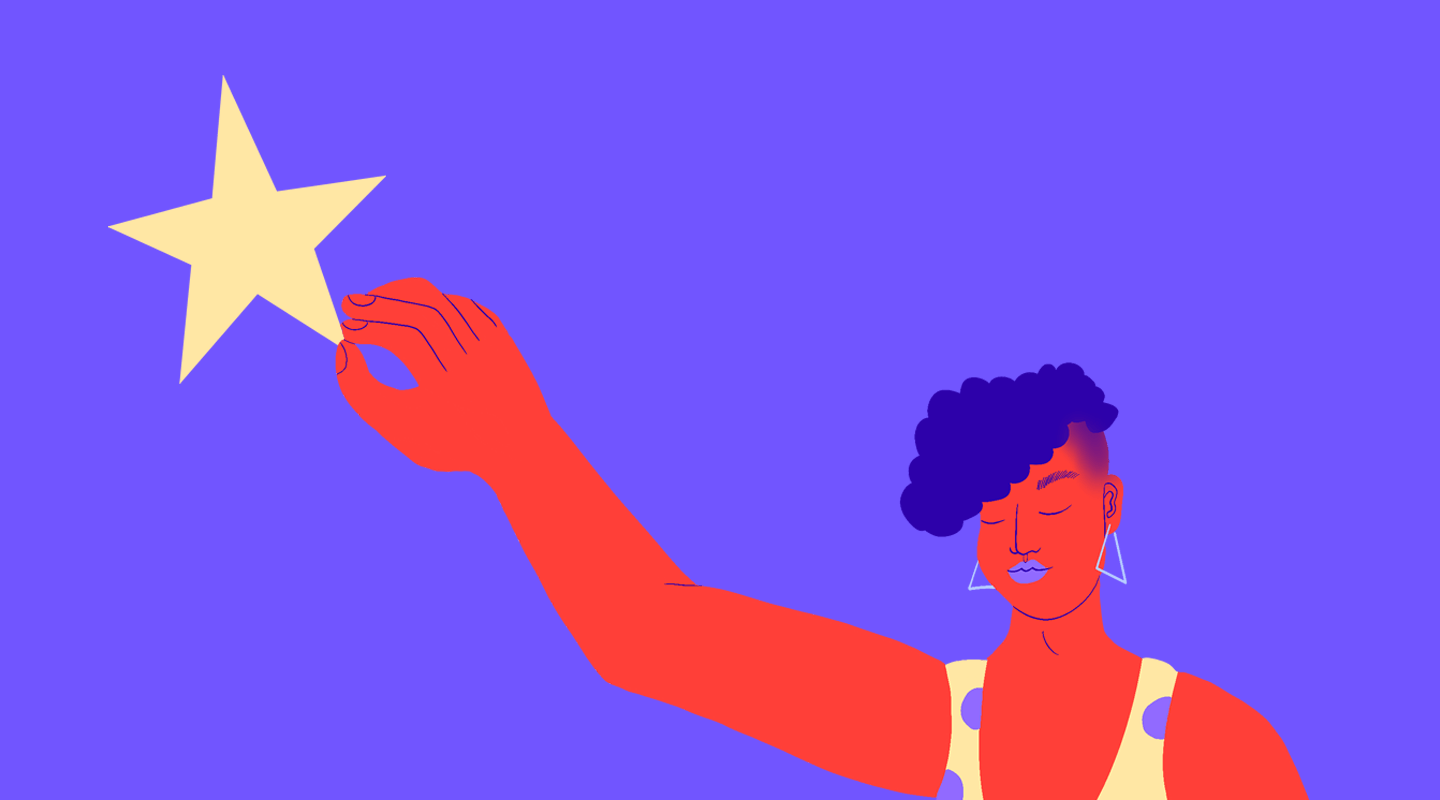
How to Talk to Your Peers
The Trevor Project takes an empathetic and non-judgmental approach to our conversations with LGBTQ+ young people in crisis. You may take a similar approach as you navigate challenging conversations regarding racial justice, police brutality, and protesting during a global pandemic.
- Don’t make assumptions. Everyone is on an ongoing journey to learn more about themselves and their personal feelings about the continued violence against Black Americans. Emotional reactions to traumatizing events are complex and at times hard to express with words. Approach conversations without assuming that your peers know everything you know, and don’t assume that you know their experience, either.
- Validate their emotions. Your peers may be experiencing a wide range of emotions right now, and that’s okay. Even if they express multiple, potentially conflicting feelings, it’s important to normalize those emotions. While it might be tempting to help them channel their feelings into direct action, be sure to first reflect back and acknowledge their feelings before exploring action steps.
- Educate yourself. Read and follow writers, activists, and organizers, especially if you are an ally with identities that hold privilege. Share trusted resources with your peers and consider how your own identities and experiences might impact your personal safety and role in ending racial violence.
- Share on social media. Platforms like Twitter and Instagram are some of the easiest ways to share information with mass audiences. However, it’s important to carefully consider what you share, especially if you are not out and your posts contain private information around your sexual orientation or gender identity. You may also want to share information from trusted public health sources and elevate organizers’ voices directly.
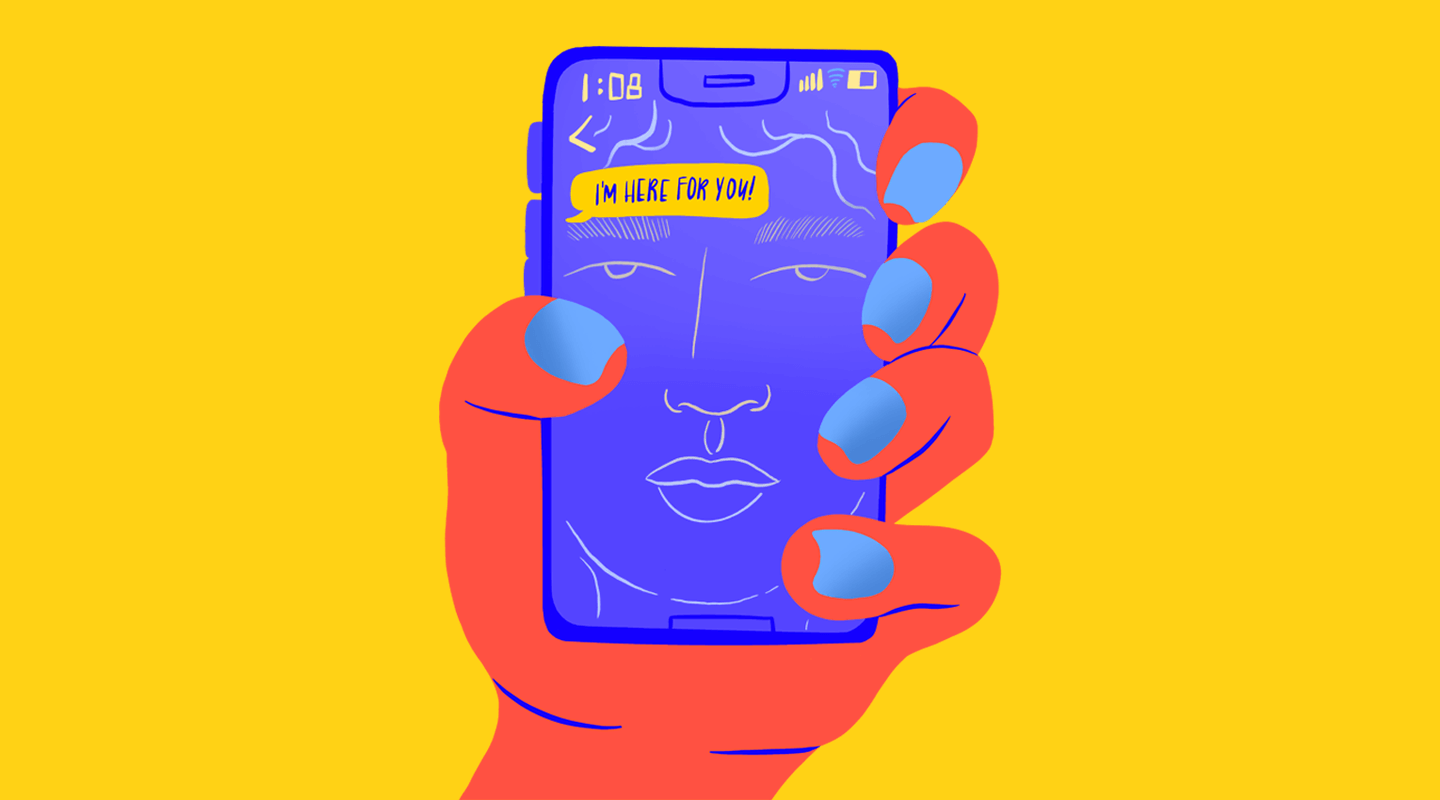
Examine & Challenge Personal Bias
As humans, we all develop biases based on our own experiences, identities, or learnings. While we all have biases, it is critical for us to become aware of and challenge our personal biases to build a world free of discrimination. It can be challenging to examine and confront your biases, including unconscious bias, but it is essential to support your peers through tough conversations regardless of their race, ethnicity, sexual orientation, gender identity, ability, immigration status, and more identities.
Some strategies for challenging bias include:
- Recognize that you have unconscious bias.
- Identify your specific biases
- Question your thinking
- Pay attention to the way unconscious bias affects your language, behavior, and choices
- Commit to education
- Avoid being defensive
- Expand your networks
- Hold others accountable
- Listen to Black voices
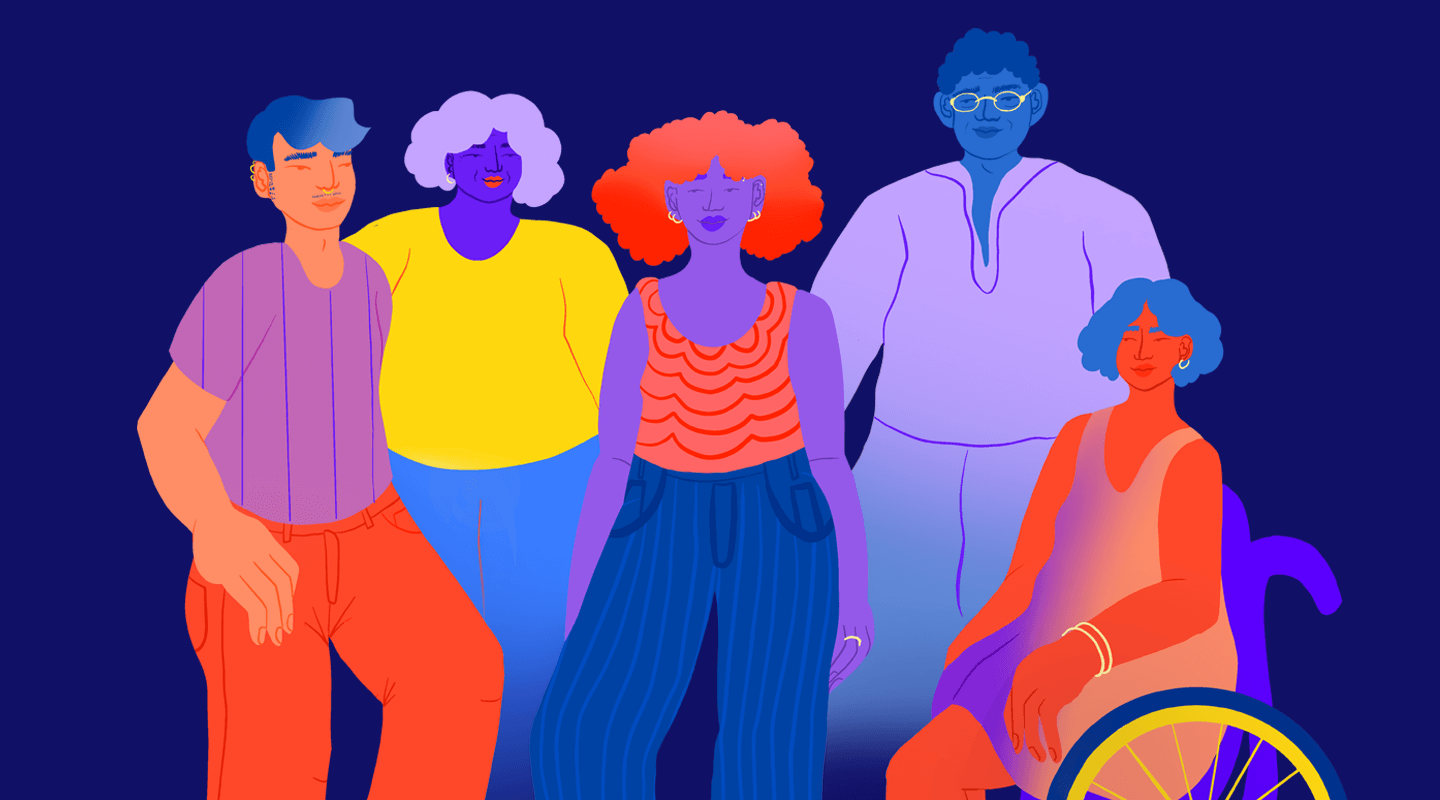
Vigils & Protests
Many young people are looking for guidance on “if” or “how” to protest to end unjust violence against marginalized communities. It’s important to discuss the potential risks of protesting on top of the vulnerabilities you may face as a young person, a person of color, or because of your sexual orientation or gender identity.
While The Trevor Project cannot know your specific circumstances, we encourage you to use this information to help you make the best decision around attending vigils and protests for yourself.
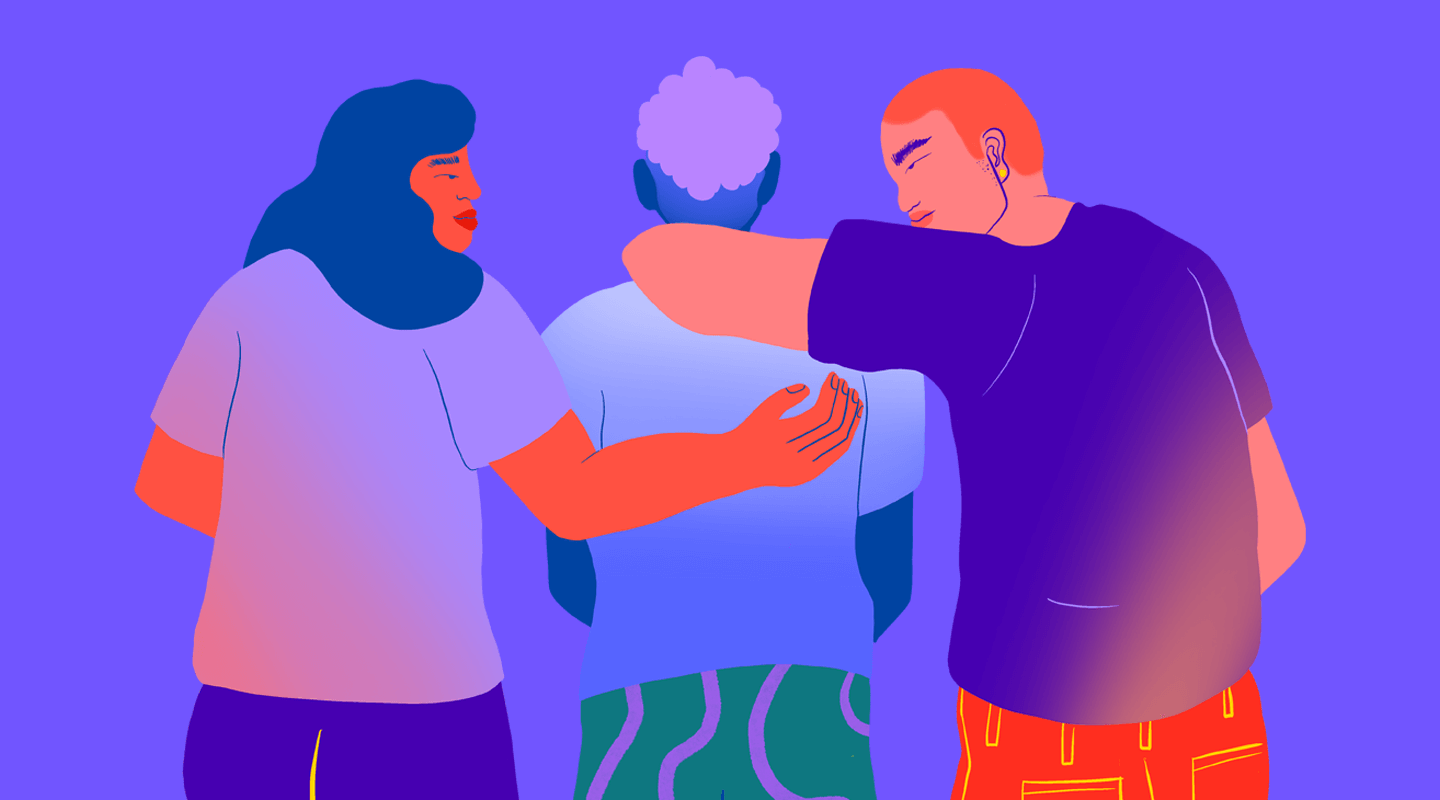
Guiding Questions for Attending Vigils & Protests
Ask yourself these guiding questions to decide if attending a vigil or protest is right for you, and to prepare yourself to stay as safe as possible.
- What strategies have you considered to keep yourself physically safe during the protest?
- Where were you thinking of protesting?
- Who might you go with? Is there someone you could call in case of an emergency?
- Have you attended protests in the past? What were those protests like?
- What would you do if you encountered police while protesting?
- What do you think would happen if you were to get arrested?
- What specific risks might you face while protesting or interacting with police? How might you position yourself at a gathering, accordingly? e.g. How safe do you feel interacting with police directly? How might your perceived race, gender, sexual orientation, ability, immigration status, or size impact your risk engaging with police?
Safety Tips for LGBTQ+ Young People Attending Vigils & Protests
Many protests, vigils, and memorials across the country are safe and peaceful. That said, there are physical safety and legal risks that are important to consider. Use these tips to prepare and keep yourself and loved ones as safe as possible.
- Let others know when and where you’re going. Check in with them before and after the protest to let them know that you arrived to/from your destination.
- Know your rights. Regardless of your immigration or citizenship status, you have the right to free speech, to have a lawyer in criminal proceedings, to be protected from unlawful searches, and to film acts of violence by police. (Learn more on Protesters’ Rights and Rights While Protesting Police Brutality from the ACLU.)
- Know who to call in case of arrest, and write their number on your body in permanent marker.
- The National Lawyers Guild may have a chapter in your area. Some chapters provide mass legal defense for protestors who are arrested.
- Bring some form of ID with you.
- Avoid wearing contact lenses, which can become easily saturated with tear gas. Consider wearing eye protection like glasses or goggles.
- Wear comfortable clothes and shoes, including long pants and shirts that can create a barrier from tear gas.
- Consider leaving your cell phone at home, or turn off Face/Touch ID, go on airplane mode, and disable data.
- Be careful taking and posting videos and pictures of yourself or protestors.
- Cover any identifying tattoos or scars, to the extent possible.
- Don’t bring anything you wouldn’t want to get arrested with.
- If you are undocumented or a non-citizen, you still have rights guaranteed to you under the U.S. Constitution. (Learn about those rights from the ACLU.)
- If you believe you may be targeted by police because of your perceived race, gender, sexual orientation, immigration status, size, ability or any other identity, consider staying away from police.
- Scan the crowd. If you see something odd or potentially unsafe, consider moving or leaving the area.
- Be aware of exits. Make sure you keep in mind how you can leave the protest or vigil if you’re feeling unsafe.

The Trevor Project believes in the rights, autonomy, and safety of all LGBTQ+ young people. This information is meant to guide LGBTQ+ young people to make the safest decisions for themselves about how to participate in actions to end violence against marginalized communities. It is up to you to learn about and abide by laws specific to your state, how to express yourself online or at vigils and protests, and to decide how comfortable you are with publicly sharing parts of your identity.
Help us continue to provide 24/7 support to LGBTQ+ young people and empower allies to deepen their commitment through advocacy, education, and affirming content.
